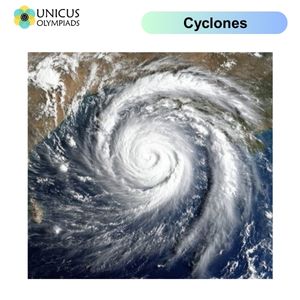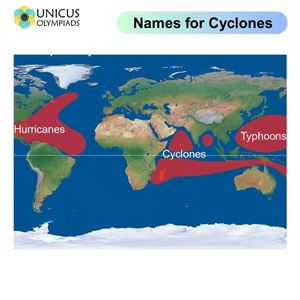

Hurricanes and cyclones are massive, powerful storms that can cause devastating damage. While these storms go by different names depending on where they occur, their formation and characteristics are quite similar. Both hurricanes and cyclones are types of tropical cyclones, which are large, rotating systems of clouds and thunderstorms that develop over warm ocean waters. In this section, we will explore how these storms form, why they become so powerful, and the different names given to them in various regions around the world.

Hurricanes, cyclones, and typhoons are all the same type of storm but are named differently depending on where they occur:
Hurricanes and cyclones form in tropical regions, typically between 5° and 20° latitude, where the water is warm enough to fuel the storm. Here's how they develop:
Hurricanes and cyclones are some of the most powerful natural phenomena on Earth. Here are several factors that contribute to their strength:
Depending on where they occur, tropical cyclones are called by different names:

Hurricanes and cyclones have a significant impact on the regions they affect. These impacts include both immediate destruction and long-term consequences: